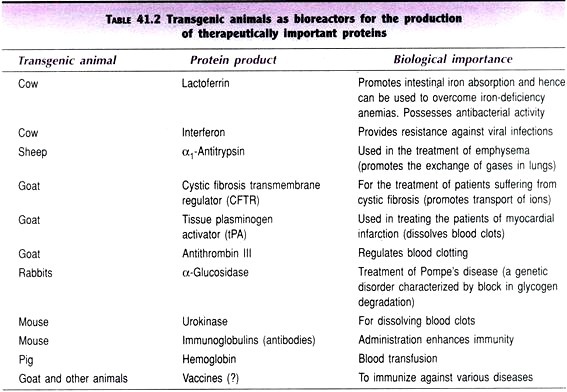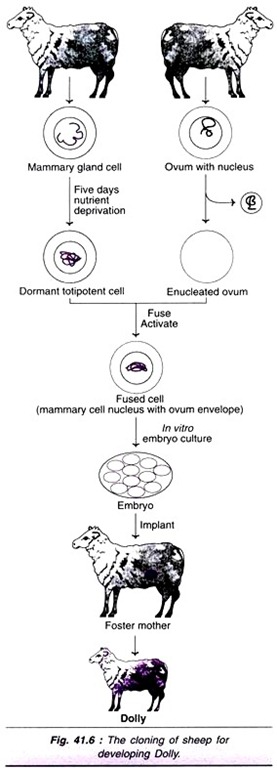A fruit is a developed and ripened ovary or group of ovaries, often, with adjacent floral organs and other plant parts.
A fruit has an outer covering known as pericarp. It consists of three parts: the outer epicarp, the middle mesocarp and the inner endocarp.
The fruit provides protection to the seed and embryo, store food material and also help in dispersal of seeds.
Classification of Fruits:
Broadly, the fruits have been classified into three main types: simple, aggregate and composite fruit.
I. Simple Fruits:
When a single fruit develops from the ovary of a single flower it is called a simple fruit.
Simple fruits are of two types:
(i) Succulent fruits
(ii) Dry Fruits
(i) Succulent fruits:
There are seven types of succulent fruits:
(a) Drupe:
One-seeded fruit with the pericarp differentiated into the outer skin or epicarp, succulent mesocarp , and hard and stony endocarp, e.g. Mango, Coconut.
(b) Berry:
Fleshy, many-seeded fruit. The epicarp from the outer skin fleshy pulp in which the hard seed are embedded, e.g. Tomato, Guava.
(c) Pepo:
Fleshy, many -seeded fruit develop from an inferior unilocular or trilocular e.g. water melon etc.
(d) Pome:
Fruit develops from an inferior syncarpous ovary which gets surrounded by fleshy thalamus. The edible part is composed of the thalamus and the actual fruit lies within, e.g. apple, pear.
(e) Hesperidium:
Fruit develops from a superior, syncarpous ovary with axile placentation. The epicarp and mesocarp fused together forming skin or rind of the fruit; endocarp projects inwards forming a number of distinct chambers; the juicy unicellular hairs are the outgrowth of the endocarp, e.g. orange, lemon.
(f) Balusta:
Fruit develops from an inferior, multilocular ovary. The epicarp is tough, seeds are irregularly distributed inside the fruit; juicy testa of the seeds is edible, e.g. pomegranate.
(g) Amphisarca:
This fruit develops from a superior, Syncarpous ovary. The pericarp is woody; the placenta becomes pulpy and edible, e.g. wood-apple.
(ii) Dry Fruits:
In dry fruits the pericarp is dry and tough. These are divided into 3 main types on the basis of the method of dehiscence- Achenial or indehiscent fruits, Capsular or dehiscent fruits, Schizocarpic Fruits.
Achenial or indehiscent fruits:
These are one- seeded fruit which do not burst automatically.
These are of following types:
(a) Caryopsis:
This is a small, dry, one seed fruit developing from a superior monocarpellary ovary-pericarp is fused with the seed coat, e.g. wheat, maize.
(b) Achene:
One-seeded, pericarp and seed-coat are not fused, e.g. hogweed.
(c) Cypsela:
Small, dry, one seeded fruit developing from an inferior, bicarpellary, syncarpous ovary, e.g. sunflower.
(d) Nut:
Dry, one-seeded fruit developing from a superior, polycarpellary; syncarpous ovary, its pericarp is tough and hard, e.g. water chestnut, cashew-nut.
Capsular or dehiscent fruits:
These fruits become dry on maturity and burst automatically. Based on mode of dehiscence, these are divided into following types-
(a) Legume or pod:
Dry, one-chambered fruit developing from a superior monocarpellary ovary. Mature fruit dehisces by both the margins e.g. gram, pea.
(b) Follicle:
Dry, one-chambered fruit developing from a superior, monocarpellary ovary. Mature fruit dehisces by one margin only, e.g. madar.
(c) Siliqua:
Dry, long two-chambered fruit developing from .a superior, bicarpellary ovary it dehisces from below upwards by both the margins, e.g. radish mustard.
(d) Sillcula:
This fruit is flattened, shorter than siliqua and having few seed, e.g. candytuft
(e) Capsule:
Dry, one too many -chambered fruit developing from a polycarpellary, syncarpous ovary and dehiscing in various ways.
Schizocarpic Fruits:
Many seeded fruits breaking into a number of indehiscent pieces on maturation.
These are of following types:
(a) Lomentum:
This fruit is a modification of legume. It is constricted between the seeds forming a number of pieces called mericarps, e.g. Acacia, Mimosa.
(b) Cermocarp:
This fruit develops from an inferior, bilocular ovary; each locule contains a single seed which on maturity is known as mericarp, e.g. cumin, carrot.
(c) Carcerulus:
This fruit develops from a superior, bicarpellary ovary which becomes 4- chambered by a false septum, each having one seed, e.g. tulsi.
(d) Samara:
This is a dry, one or two-seeded fruit developing from a bicarpellary, syncarpous ovary; the fruit is having one of more flat, membranous wings, e.g. sal.
(e) Regma:
This fruit develops from a polycarpelly ovary and on maturity splits into as many parts as carpels; each part is known as coccus, e.g. castor.
II. Aggregate Fruits:
The Aggregate fruits are formed from polycarpellary, apocarpous flower; each carpel develops into a fruitlet and all the fruitlets together from an aggregate fruit. An Aggregate of simple fruits borne by a single flower is tenned as ‘etaerio’.
The common forms of etaerios are:
(a) An etaerio of achenes, e.g. strawberry
(b) An etaerio of berries, e.g. custard -apple,
(c) An etaerio of drupes, e.g. raspberry
III. Multiple or Composite Fruits:
These fruits develop from an inflorescence.
There are two types of composite fruits:
(a) Sorosis:
This fruit develops from a spike the flower fuse together by their succulent sepals and the whole inflorescence from a compact mass, e.g. jackfruit, pineapple.
(b) Syconus:
This fruit develops from a hollow, fleshy, pear-shaped receptacle which encloses many male and female flowers e.g. Fig, banyan.

